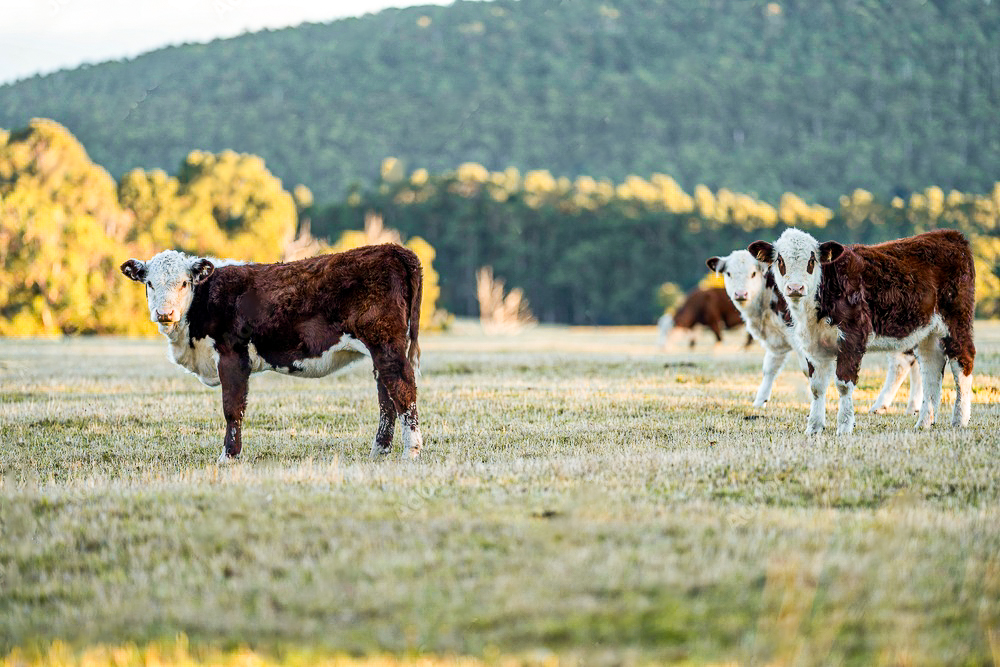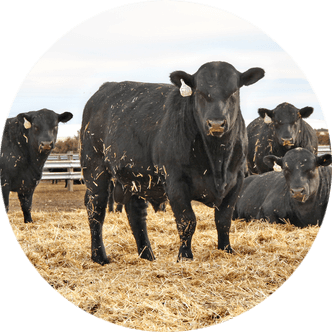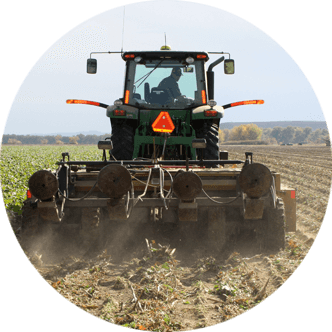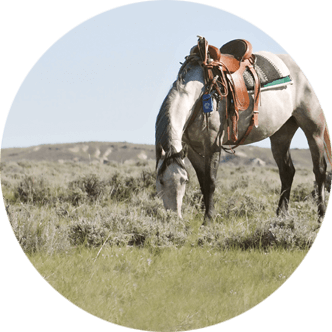Shipping Season: Experts offer advice on reducing stress during weaning and shipping

As temperatures dip and leaves change color across the Cowboy State, fall signals the arrival of another critical season for ranchers – weaning and shipping.
While weaning and shipping are routine parts of ranching operations, it’s good to remember some tips on keeping stress levels low and profit margins high this season.
Weaning and preconditioning
Weaning can be one of the most stressful times in a calf’s life. An effective weaning and/or preconditioning program can help calves adjust to their new environment and ensure healthy animals come shipping time.
Most cow/calf operations wean calves at six to eight months old, but early weaning at four to six months can also be utilized with proper planning. In both cases, calves must have developed rumens and be consuming solid forage before being separated from their mothers.
Several techniques from fenceline weaning, nursing prevention tools and abrupt weaning can be utilized. In all cases, calves should be monitored for signs of sickness and provided with ample forage and water opportunities.
Some experts recommend implementing a preconditioning program – weaning at least 45 days before shipping day – and focusing on building health through vaccinations, deworming and nutrition before entering the next phase.
Former South Dakota State Extension Beef Nutrition Feed Specialist Madison Kovarna notes preconditioning is not a one size fits all for operations, and benefits should be weighed in consideration with practicality.
In the long run, improved calf performance starts with a low-stress weaning program.
Low-stress shipping
Practicing low-stress methods during shipping is also essential.
In an October 2021 University of Nebraska Lincoln BeefWatch article titled “Preparing for cattle transport saves time, money and stress,” Director of Nebraska Beef Quality Assurance Jesse Fulton highlights the importance of management techniques in reducing stress and shrink in cattle come shipping day.
Fulton notes elevated stress levels lead to increased shrink loss and decrease in profit for the producer. Handling cattle gently and efficiently and making sure they have access to feed and water in the hours leading up to loading is essential to keeping shrink levels low.
MWI Animal Health supports these statements in an October 2021 article titled “12 preparation tips before shipping livestock” and notes tailoring feed programs and presorting several days ahead of shipping in order to allow time for cattle to settle down before loading can help ensure healthy livestock.
Additionally, MWI Animal Health reminds producers to keep timing and efficiency in mind. Make sure all equipment is in proper working order before starting the loading process and communicate clearly with crews and truckers leading up to shipping day to make sure everyone is on the same page.
Furthermore, avoiding overcrowding, maintaining clean trucks and minimizing transit time can help ensure cattle health and minimize stress during transport.
Bottom line
Overall, implementing low-stress weaning, handling and shipping methods can help keep shrink at a minimum and ensure healthy calves and high prices at the sale barn.
As shipping time approaches, ensuring a plan is in place can set an operation up for success.
Grace Skavdahl is the editor of the Wyoming Livestock Roundup. Send comments on this article to roundup@wylr.net.





